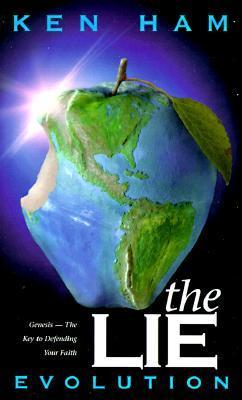While scanning the front page of the New York Times today, my attention was arrested by this startling sub-titular claim: “Hinduism’s profusion of gods and sacred texts lacks a single theological structure, but they sustain a long tradition of tolerance.” My first thought, informed by the long and violent history of Hindu-Muslim conflict on the sub-continent, was that this byline announced one of those idealist or aspirational pieces regularly penned by progressive ecumenicals who tell us that their faith tradition, “properly” interpreted and understood, is really about love and tolerance. My second fleeting thought was that the byline referred to the tolerance that Hindus have for one another, but then I recalled this is the tradition which odiously endorses and sustains the caste system and treats “untouchable” Dalits as ritually impure sub-humans.
My concluding thought, after reading the article (which is the ninth installment of The Stone’s interview series on the philosophy of religion), is that the byline is an editorial error or wishful thinking. I could not find, in Gary Gutting’s interview with Professor Jonardon Ganeri, the statement or claim that Hindu traditions promote tolerance. Any such statement or claim would have been seriously at odds with the facts.
Gutting begins the interview with his usual question, which we can appreciate for the contrastive light it sheds on provincial issues that often obsess Christians:
Gutting: How might looking at Hinduism alter philosophical approaches to religion that take Christianity as their primary example?
Ganeri: Taking Christianity as the exemplar of religion skews philosophical discussion towards attempts to solve, resolve or dissolve difficult philosophical puzzles inherent in monotheism: problems about God’s powers, goodness and knowledge; attempts to provide rational arguments for God’s existence; the problem of evil; and so on. Hindu philosophers have traditionally been far more interested in a quite different array of problems, especially questions about the nature of religious knowledge and religious language, initially arising from their concerns with the Veda as a sacred eternal text and as a source of ritual and moral law.
The remainder of the interview serves as a basic introduction to Hindu traditions. There was, however, one statement by Ganeri I found particularly interesting:
[Some Hindus] see the text of the Veda as itself divine. Its language, on this view, has a structure that is prior to and isomorphic with the structure of the world and its grammar is complete (although parts may have been lost over the centuries). The divinity of the text inverts the order of priority between text and author: Now, at best, assignment of authorship is a cataloging device not the identification of origin. Recitation of the text is itself a religious act.
This concept uncannily resembles claims made by Roy Rappaport in his seminal book, Ritual and Religion in the Making of Humanity (1999). In simplified form, Rappaport’s argument is as follows:
- Language is the fundamental evolutionary adaptation which makes us “human” and separates us from our hominin ancestors.
- For all its myriad and obvious benefits, language creates two critical problems: (a) the ability to lie, and (b) conceptual alternatives.
- Lying poses a serious and potentially fatal threat to trust.
- Conceptual alternatives logically entail choice and choosing between them creates conflict.
- In tandem, these problems disrupt, destabilize, and/or destroy social order.
- Once language had evolved, humans had to address, ameliorate and overcome these twin threats. Social order would otherwise be impossible.
- Humans preserve social order, and address these twin threats, through ritual:
I will argue that the performance of more or less invariant sequences of formal acts and utterances not entirely encoded by the performers [i.e., "ritual"] logically entails the establishment of convention, the scaling of social contract, the construction of integrated conventional orders, the investment of what it encodes with morality, the construction of time and eternity, the representation of a paradigm of creation, the generation of the concept of the sacred, the sanctification of the social order, the generation of theories of the occult [i.e., the hidden or invisible], the evocation of numinous experience, the awareness of the divine, the grasp of the holy, and the construction of orders of meaning transcending the semantic. (Ritual and Religion at 27).
These are some bold claims and I’m not sure I buy all of them, but they make a good deal of sense. Nietzsche had some similar ideas, which he hinted at in Genealogy of Morals (II:1): “To breed an animal with the right to make promises — is not this the paradoxical task that nature has set for itself in the case of man?” Right or wrong, Rappaport’s book is without doubt a work of provocative genius. If I’m not mistaken, all the work being done on “ritual” and “costly signaling theory” in evolutionary religious studies is indebted, in whole or large part, to Rappaport.
All this aside, Rappaport surely would have appreciated the Vedic idea that ritual recitation of the text — an oral performance of invariant sequences — is a religious idea. In fact, he comes close to saying something like this: “It is a major thesis of this book that it is in the nature of religion to fabricate the Word, the True Word upon which the truths of symbols and the conventions they establish stand. As I suggested at the beginning of this chapter, I take the foundry within which the Word is forged to be ritual” (21).

Unintentional Creationist Irony

